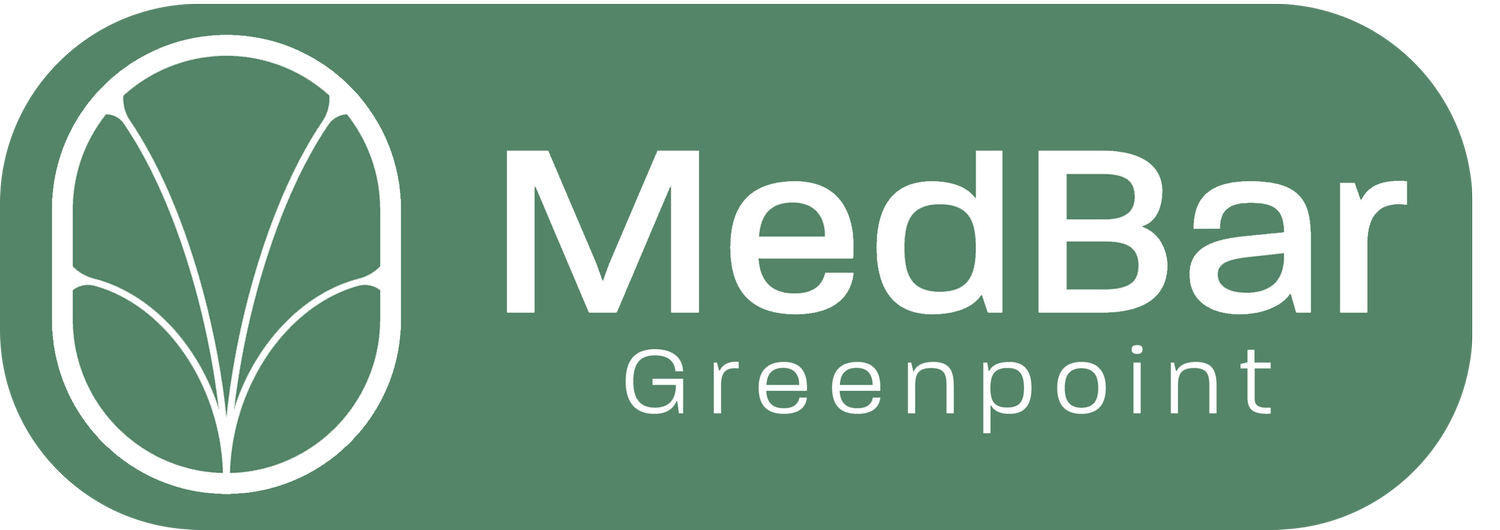Physical Therapy and Powerlifting: Prioritizing Preventative Care for Maximum Gains
Powerlifting, an exhilarating showcase of raw strength, challenges the body's very limits. As with all sports, it also brings along the risk of injury. For powerlifters, sidelining injuries aren't just about the pain or downtime – they can hinder progress and set back months of training. This is where physical therapy (PT) shines. By incorporating PT into their routine, powerlifters can ensure they're not just lifting heavy, but lifting smart. In this article, we'll explore the vital role PT plays in preventive care for powerlifters.
Understanding the Stakes
Powerlifting predominantly involves three major lifts: the squat, bench press, and deadlift. Each lift engages multiple muscle groups and requires impeccable form for safe execution. Any discrepancies in technique, mobility, or strength imbalances can lead to injury.
Physical Therapy's Proactive Approach
Form Assessment: Physical therapists are trained to spot minute deviations in movement patterns. Regularly consulting with a PT can ensure that your lifting technique is spot-on, reducing the risk of injury.
Addressing Muscle Imbalances: A slight imbalance can significantly impact how you lift. PTs can identify weak areas, recommending targeted exercises to ensure balanced strength development.
Improving Mobility: For many powerlifters, mobility can be a limiting factor. PTs can provide specific stretches and mobility exercises to enhance range of motion, ensuring lifts are performed optimally.
Warm-up and Cool-down Protocols: While many lifters have their routines, a PT-designed warm-up or cool-down sequence can ensure muscles are adequately prepped and recovered post-lifting.
Injury Prevention Education: PTs can offer guidance on best practices, such as optimal lifting frequencies, rest periods, and the signs of overtraining.
Rehabilitative Strength Training
Incorporating physical therapy exercises into regular training can preemptively address potential injury sites. This might include:
Core Strengthening: A robust core supports all three major lifts, ensuring stability and form integrity.
Rotator Cuff Exercises: Particularly for the bench press, a strong and stable rotator cuff can prevent shoulder injuries.
Hip and Glute Activation: For squats and deadlifts, ensuring the hips and glutes are firing correctly can prevent overcompensation by the lower back.
The Power of Recovery
A vital aspect of PT is promoting recovery. This includes:
Soft Tissue Work: Techniques such as massage, foam rolling, and instrument-assisted soft tissue mobilization can help in muscle recovery and reduce stiffness.
Joint Mobility: Manual therapy techniques can improve joint mobility, essential for fluid lifting movements.
The Mental Edge
Working with a PT doesn't just offer physical benefits. Knowing you're proactively addressing potential injury risks can boost confidence, leading to better performance and the mental fortitude to push your boundaries safely.
Conclusion
Powerlifting is an endeavor of passion, commitment, and discipline. It's about pushing the body's boundaries while respecting its needs. Integrating physical therapy into a powerlifting regimen ensures that while you chase those personal bests, you're also granting your body the care and preventive measures it deserves. Stay strong, lift smart, and let physical therapy be your behind-the-scenes teammate in your powerlifting journey.
